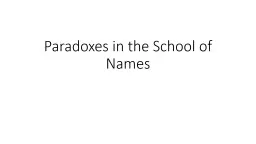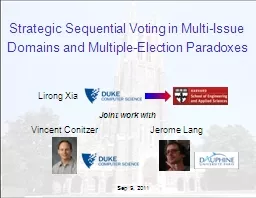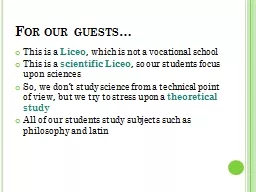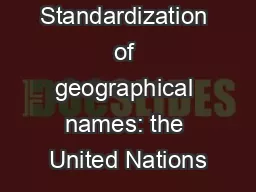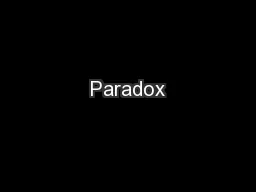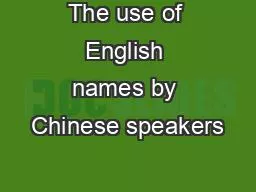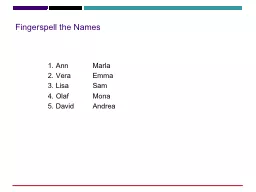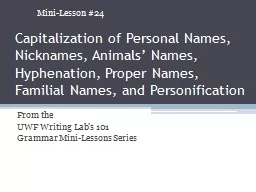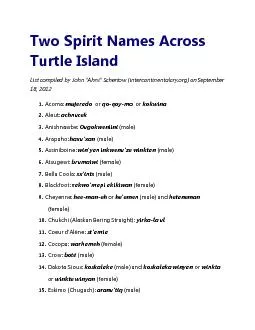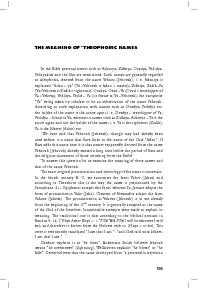PPT-Paradoxes in the School of Names
Author : tawny-fly | Published Date : 2018-03-21
Chris Fraser 方克濤 Associate Professor Department of Philosophy HKU PhD from HKU won the 1999 Li Ka Shing prize Author of The Philosophy of the Mozi The
Presentation Embed Code
Download Presentation
Download Presentation The PPT/PDF document "Paradoxes in the School of Names" is the property of its rightful owner. Permission is granted to download and print the materials on this website for personal, non-commercial use only, and to display it on your personal computer provided you do not modify the materials and that you retain all copyright notices contained in the materials. By downloading content from our website, you accept the terms of this agreement.
Paradoxes in the School of Names: Transcript
Download Rules Of Document
"Paradoxes in the School of Names"The content belongs to its owner. You may download and print it for personal use, without modification, and keep all copyright notices. By downloading, you agree to these terms.
Related Documents

